Premium Only Content
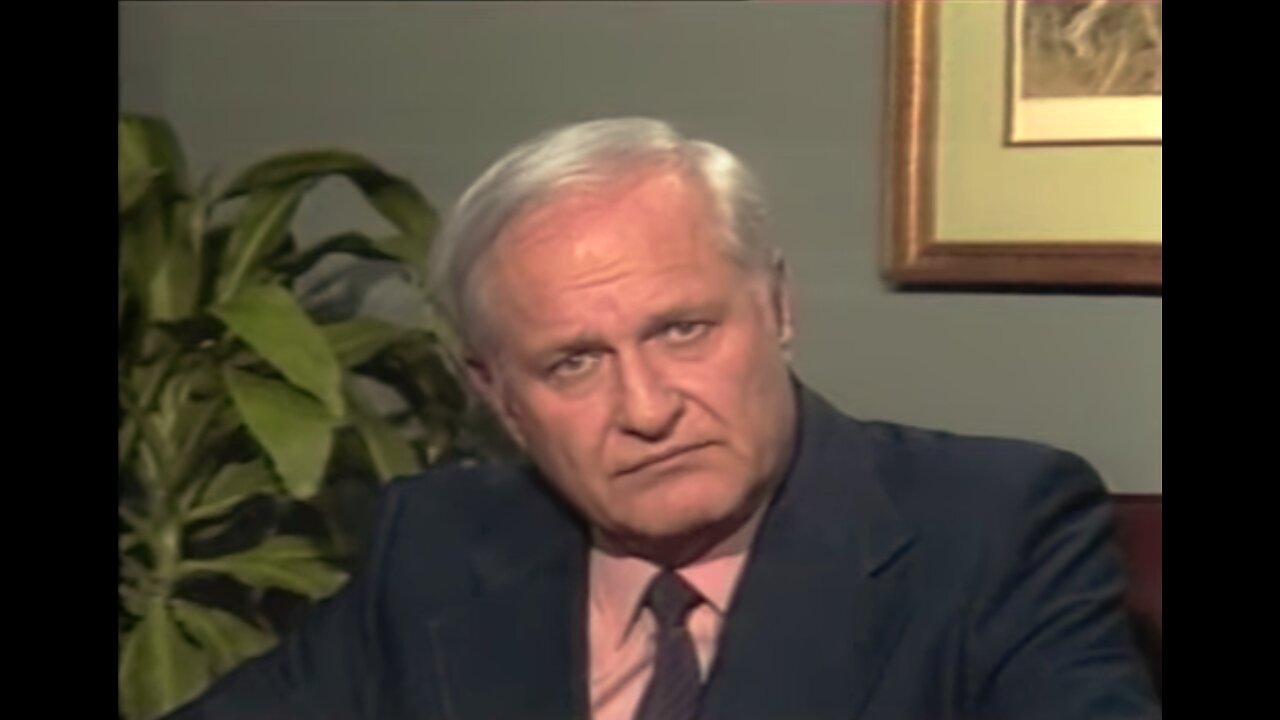
"Every time the unemployment increases by 1%, the suicide rate increases by 5-6%" (1982)
Premiered on Nov 29, 2022 of The Memory Hole YT channel.
Unemployment, according to the OECD (Organisation for Economic Co-operation and Development), is people above a specified age (usually 15) not being in paid employment or self-employment but currently available for work during the reference period.
Unemployment is measured by the unemployment rate, which is the number of people who are unemployed as a percentage of the labour force (the total number of people employed added to those unemployed).
Unemployment can have many sources, such as the following:
new technologies and inventions
the status of the economy, which can be influenced by a recession
competition caused by globalization and international trade
policies of the government
regulation and market
Unemployment and the status of the economy can be influenced by a country through, for example, fiscal policy. Furthermore, the monetary authority of a country, such as the central bank, can influence the availability and cost for money through its monetary policy.
In addition to theories of unemployment, a few categorisations of unemployment are used for more precisely modelling the effects of unemployment within the economic system. Some of the main types of unemployment include structural unemployment, frictional unemployment, cyclical unemployment, involuntary unemployment and classical unemployment. Structural unemployment focuses on foundational problems in the economy and inefficiencies inherent in labor markets, including a mismatch between the supply and demand of laborers with necessary skill sets. Structural arguments emphasize causes and solutions related to disruptive technologies and globalization. Discussions of frictional unemployment focus on voluntary decisions to work based on individuals' valuation of their own work and how that compares to current wage rates added to the time and effort required to find a job. Causes and solutions for frictional unemployment often address job entry threshold and wage rates.
According to the UN's International Labour Organization (ILO), there were 172 million people worldwide (or 5% of the reported global workforce) without work in 2018.
Because of the difficulty in measuring the unemployment rate by, for example, using surveys (as in the United States) or through registered unemployed citizens (as in some European countries), statistical figures such as the employment-to-population ratio might be more suitable for evaluating the status of the workforce and the economy if they were based on people who are registered, for example, as taxpayers.
Unemployed individuals are unable to earn money to meet financial obligations. Failure to pay mortgage payments or to pay rent may lead to homelessness through foreclosure or eviction. Across the United States the growing ranks of people made homeless in the foreclosure crisis are generating tent cities.
Unemployment increases susceptibility to cardiovascular disease, somatization, anxiety disorders, depression, and suicide. In addition, unemployed people have higher rates of medication use, poor diet, physician visits, tobacco smoking, alcoholic beverage consumption, drug use, and lower rates of exercise. According to a study published in Social Indicator Research, even those who tend to be optimistic find it difficult to look on the bright side of things when unemployed. Using interviews and data from German participants aged 16 to 94, including individuals coping with the stresses of real life and not just a volunteering student population, the researchers determined that even optimists struggled with being unemployed.
In 1979, M. Harvey Brenner found that for every 10% increase in the number of unemployed, there is an increase of 1.2% in total mortality, a 1.7% increase in cardiovascular disease, 1.3% more cirrhosis cases, 1.7% more suicides, 4.0% more arrests, and 0.8% more assaults reported to the police.
A study by Christopher Ruhm in 2000 on the effect of recessions on health found that several measures of health actually improve during recessions. As for the impact of an economic downturn on crime, during the Great Depression, the crime rate did not decrease. The unemployed in the US often use welfare programs such as food stamps or accumulating debt because unemployment insurance in the US generally does not replace most of the income that was received on the job, and one cannot receive such aid indefinitely.
Not everyone suffers equally from unemployment. In a prospective study of 9,570 individuals over four years, highly-conscientious people suffered more than twice as much if they became unemployed. The authors suggested that may because of conscientious people making different attributions about why they became unemployed or through experiencing stronger reactions following failure. There is also the possibility of reverse causality from poor health to unemployment.
-
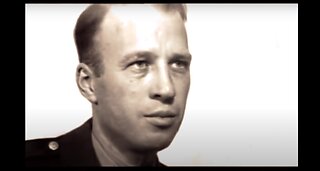 51:28
51:28
Alternative news/information
2 years agoDid the CIA Murder One of Their Own? Code Name Artichoke: Project MKULTRA
1.63K1 -
 LIVE
LIVE
Steven Crowder
2 hours ago🔴 Total Failure: Unpacking The Media's Evil Reaction to the Minneapolis Church Shooting
60,409 watching -
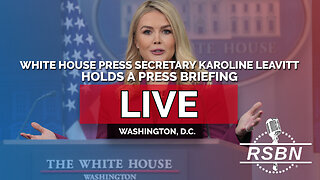 LIVE
LIVE
Right Side Broadcasting Network
2 hours agoLIVE: White House Press Secretary Karoline Leavitt Holds a Press Briefing - 8/28/25
2,141 watching -
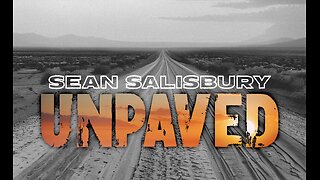 UPCOMING
UPCOMING
Sean Unpaved
35 minutes agoColt Knost Unplugged: Golf, 2025 Ryder Cup, & Football Fever
-
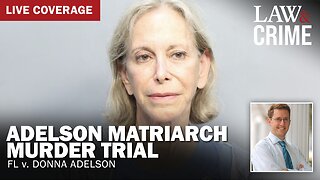 LIVE
LIVE
Law&Crime
3 hours ago $0.01 earnedLIVE: Adelson Matriarch Murder Trial — FL v. Donna Adelson — Day 5
1,870 watching -
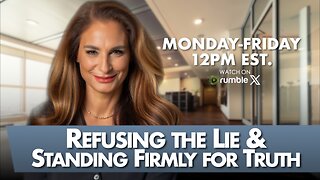 UPCOMING
UPCOMING
The Mel K Show
10 minutes agoMORNINGS WITH MEL K - Refusing the Lie & Standing Firmly for Truth 8-28-25
-
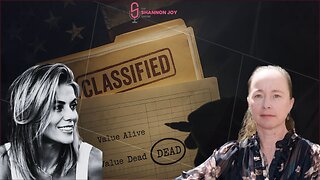 UPCOMING
UPCOMING
The Shannon Joy Show
1 hour ago🔥🔥BREAKING: FOIA’d Government Docs Reveal American Citizens Might Be Worth More DEAD Than Alive. Exclusive With Sasha Latypova! 🔥🔥
1384 -
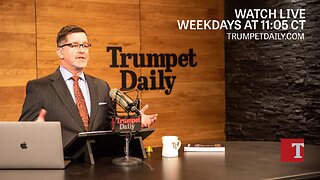 UPCOMING
UPCOMING
Trumpet Daily
9 minutes agoTrumpet Daily LIVE | Aug. 28, 2025
-
 DVR
DVR
Nikko Ortiz
1 hour agoLive - Reaction Time, News, Politics, and More!
3.87K -
 1:02:26
1:02:26
VINCE
3 hours agoTragedy In Minneapolis | Episode 113 - 08/28/25
143K140